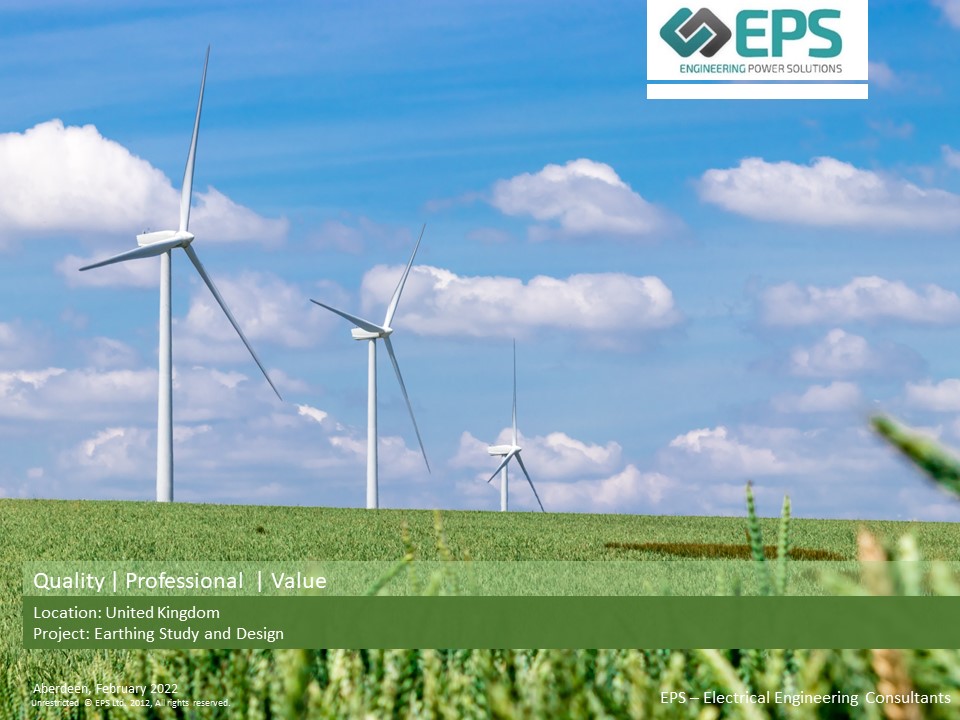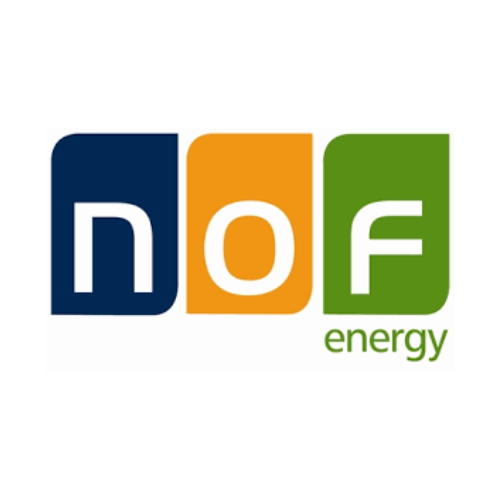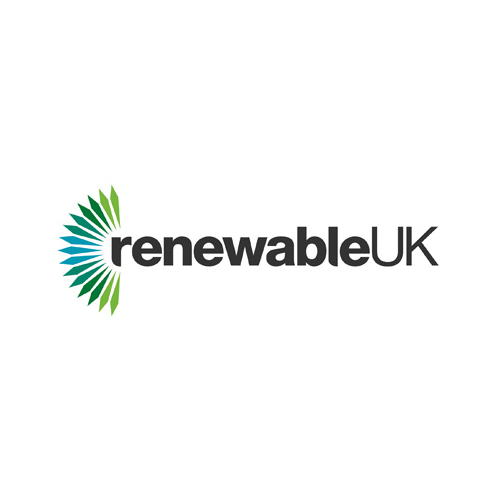Renewable energy is a hot topic in the power generation sector. With increasing awareness of the urgency of the climate crisis, government, industry, and society are feeling the need to diversify energy sources. Though renewables currently account for less than 16% of world energy requirements, the sector is expanding. The good news is that electricity generation from renewable sources doesn’t deplete the natural environment. That doesn’t mean there aren’t some disadvantages to renewable energy. Reliability of supply, storage issues, location and installation costs are all challenges that must be considered.

The Problem Of Inconsistent Supply
Traditional fossil fuels usually provide an uninterrupted supply of electricity. Oil, coal, or gas can be fed into generators as required for pre-planned and predictable production outcomes. Renewables, however, are less reliable, and inconsistent supply is one of the biggest challenges affecting renewable energy sources. While renewable power sources are not at risk of running out, unlike fossil fuels, the day-to-day energy supply may be periodic or unstable. Solar generators, for example, will obviously not run at all at night and only at reduced capacity on dull days and during the winter. This problem is compounded by the volatility of electricity demand itself – domestic usage tends to rise when it’s dark and cold, but this is precisely when solar is not generating. Wind turbine output is, similarly, as unpredictable as the weather.
The Need For Energy Storage
Because of this variance and the fact that generation cannot be ramped up on demand, electricity from renewables has a greater need for energy storage systems to maintain consistent supply. Batteries can store energy at times of peak generation in order to release it at times of peak demand. The provision of adequate battery solutions had long been a problem for the renewables sector, but more recently, technological developments have improved their longevity and capacity. While prices are still relatively high for these units, the costs are falling, with research and investment continuing.
Location Issues
Energy generation that relies on natural resources often requires significant geographical space. Solar and, especially, wind sites are relatively inefficient relative to their physical footprint. What’s more, because of the size of individual turbines, wind farms tend to sprawl over remote sites like hilltops and marine environments, where better meteorological conditions are obtained. It is often necessary to deploy specialist software to manage these variable resources and numerous interconnected sites. These systems can be expected to integrate with GIS data to provide functional maps of real-time generation networks.
The Costs Of Installation
Unsurprisingly, these huge power generation sites are expensive to set up. Initial installation and start-up costs are typically higher than those for fossil fuel power stations. With renewable power sources still in the minority among grid providers, investors may see renewables as a higher-risk venture than fossil fuels or nuclear power, given the uncertainties and larger initial costs. Government grants for renewable energy projects can help improve the investment landscape by mitigating risk, and it is hoped that these will expand the renewables market further in future.
How EPS Can Help
Over the years, EPS have provided significant engineering and design expertise to the renewables sector, offering consultancy and technical support for onshore and offshore wind turbines, solar, tidal, hydro and anaerobic digestion plants. To find out more about how we can help ensure the success of your renewable energy project, please contact us.










